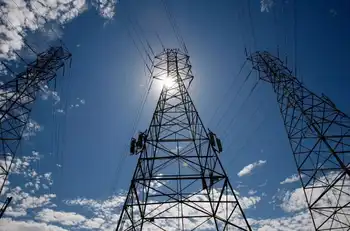Helix Electric completes project for new UNLV Greenspun College
LAS VEGAS, NEVADA - Helix Electric, one of the largest open shop electrical contractors in the nation, has announced that it has completed the electrical subcontracting work the University of Nevada, Las Vegas Greenspun College of Urban Affairs in Las Vegas.
The Greenspun Family Foundation donated $37 million for the state-of-the-art building, the largest single donation in UNLV history, and one of the largest in state history.
Helix provided the fire alarm, a value engineered lighting system, UPS, general set theatrical lighting, rigging and an air acuity system, which detects unhealthy chemicals in the building.
The Greenspun College of Urban Affairs offers unparalleled opportunities for students who want to make a difference in their communities and in the lives of others. A Leadership in Energy and Environmental Design (LEED) project, the Greenspun College of Urban Affairs building is home to classrooms, an auditorium, two television studios, a radio station and offices.
The LEED designation is the result of a Green Building Rating System, which gauges building sustainability and efficiency through the use of alternative and renewable energy technologies. Innovative energy features for the building include chilled beams for heating and cooling, extensive use of natural light and a comprehensive photovoltaic array that will account for more than 15 percent of the total annual energy.
Related News

Hinkley C nuclear reactor roof lifted into place
LONDON - Engineers have lifted a steel roof onto a building which will house the first of two nuclear reactors at Hinkley Point in Somerset.
Hundreds of people helped with the delicate operation to get the 245-tonne steel dome into position.
It means the first reactor can be installed next year, ready to be switched on in June 2027.
Engineers at EDF said the "challenging job" was completed in just over an hour.
They first broke the ground on the new nuclear station in March 2017. Now, some 10,000 people work on what is Europe's largest building site.
They have faced delays from Covid restrictions…




